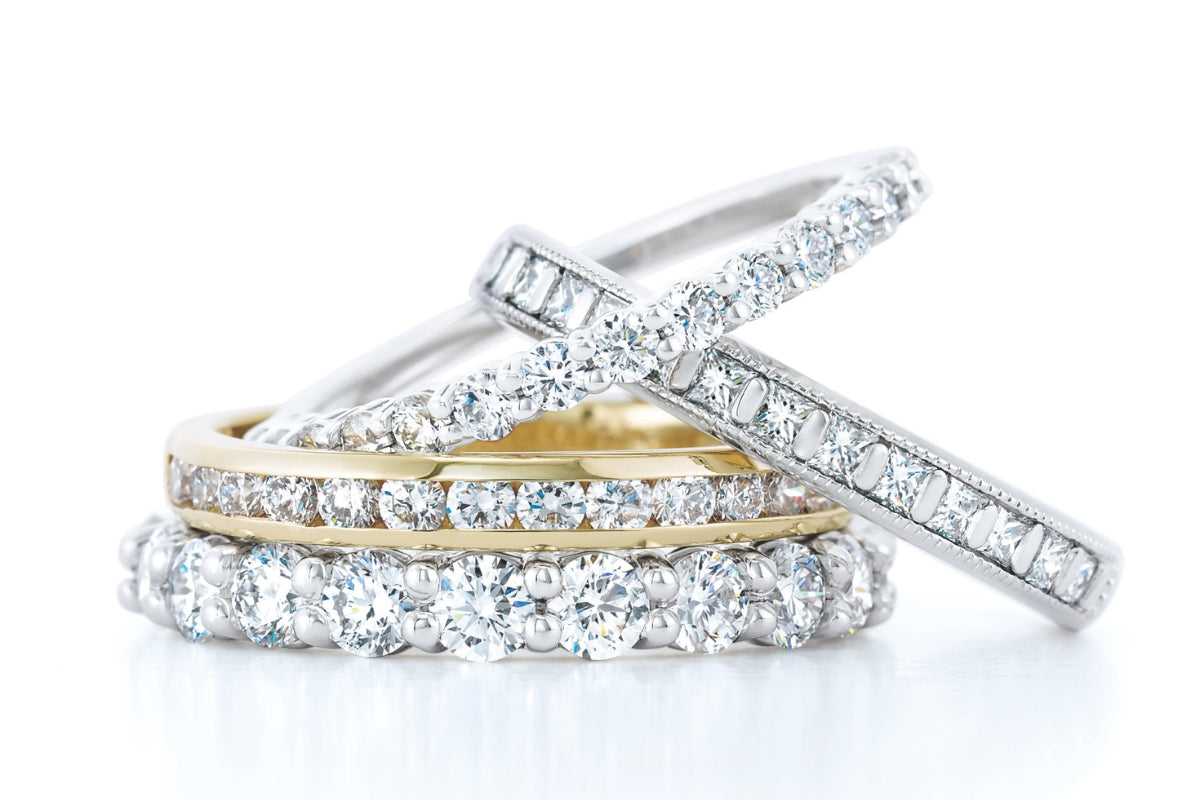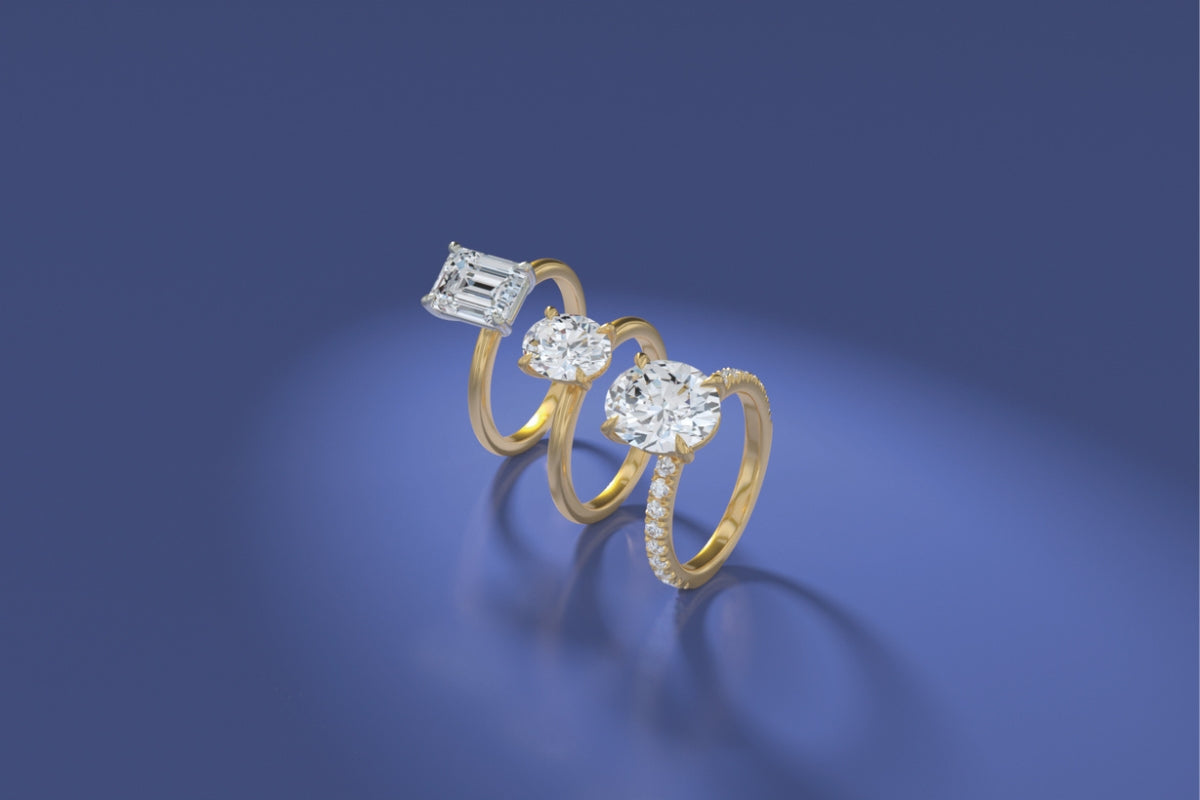Diamonds are celebrated for their brilliance, fire, and scintillation, captivating the hearts of admirers around the world. However, within the world of diamonds lies a fascinating phenomenon known as the “bow tie effect.” This intriguing optical characteristic can be observed in certain diamond cuts and has a significant impact on the stone’s appearance. Let’s delve into the enigmatic world of the bow tie effect and unravel what it is.
What is the Bow Tie Effect?
The bow tie effect refers to a dark or shadowy area resembling a bow tie that can appear in the center of some elongated diamond shapes, such as marquise, oval, pear, and sometimes even heart shaped diamonds. This phenomenon occurs when light entering the diamond is not properly reflected or refracted back to the viewer’s eye, resulting in a loss of brilliance and sparkle in that particular area. Instead, a dark band or patch is formed, resembling the shape of a bow tie, hence the name.
Causes of the Bow Tie Effect
Several factors contribute to the bow tie effect in diamonds, including cut quality, light performance, and viewing angle. The bow tie effect is most commonly associated with diamonds that are poorly cut or have suboptimal properties. Irregularities in the diamond’s cut such as improper facet alignment or overly shallow or deep pavilions, can result in light leakage and the formation of the bow tie effect. Diamonds are prized for their ability to reflect and refract light, creating brilliance and sparkle. However, when light is not properly managed within the diamond, areas of reduced brightness and contrast can occur, leading to the formation of the bow tie effect. Lastly, the bow tie effect is often most visible when viewing the diamond from certain angles, typically straight on or slightly off-center. At these angles, the dark band or patch in the center of the diamond becomes more pronounced, detracting from the stone’s overall beauty and appeal.
Minimizing the Bow Tie Effect
While the bow tie effect can detract from the beauty of a diamond, there are steps that can be taken to minimize its appearance. Choosing a diamond with excellent cut quality is key to minimizing the bow tie effect. Our expert Gemologist sources diamonds that have been meticulously cut to maximize light performance and minimize light leakage. Our Gemologist pays close attention to the diamond’s proportions, particularly the depth and table percentages, as well as the crown and pavilion angles. He can source diamonds with well-balanced proportions that are less likely to exhibit the bow tie effect. When we bring your chosen stone into our showroom for review, we look at the diamond from multiple angles and under different lighting conditions to assess its overall appearance. Our Gemologist rotates the diamond and observes how light interacts with the stone in order to ensure the bow tie effect is minimized.
The bow tie effect is a fascinating optical phenomenon that can affect the appearance of certain diamond shapes, particularly elongated cuts. While it may detract from the stone’s overall beauty, choosing a diamond with excellent quality and proportions can help minimize its impact. By understanding the causes of the bow tie effect and consulting with our expert Gemologist, your diamond will sparkle with brilliance and radiance forever.
Soha Diamond Co. is a jewelry store located in Madison, Wisconsin:
https://maps.app.goo.gl/J8zaeQUYWAk23hDNA
View custom Soha engagement ring styles on Instagram:
https://instagram.com/sohadiamondco
Browse Soha Diamond Co. engagement ring inspirations:
https://www.sohadiamondco.com/pages/our-engagement-rings
Learn about Soha’s engagement ring design process:
https://www.sohadiamondco.com/pages/design-process
Book your custom engagement ring visit with Soha:




